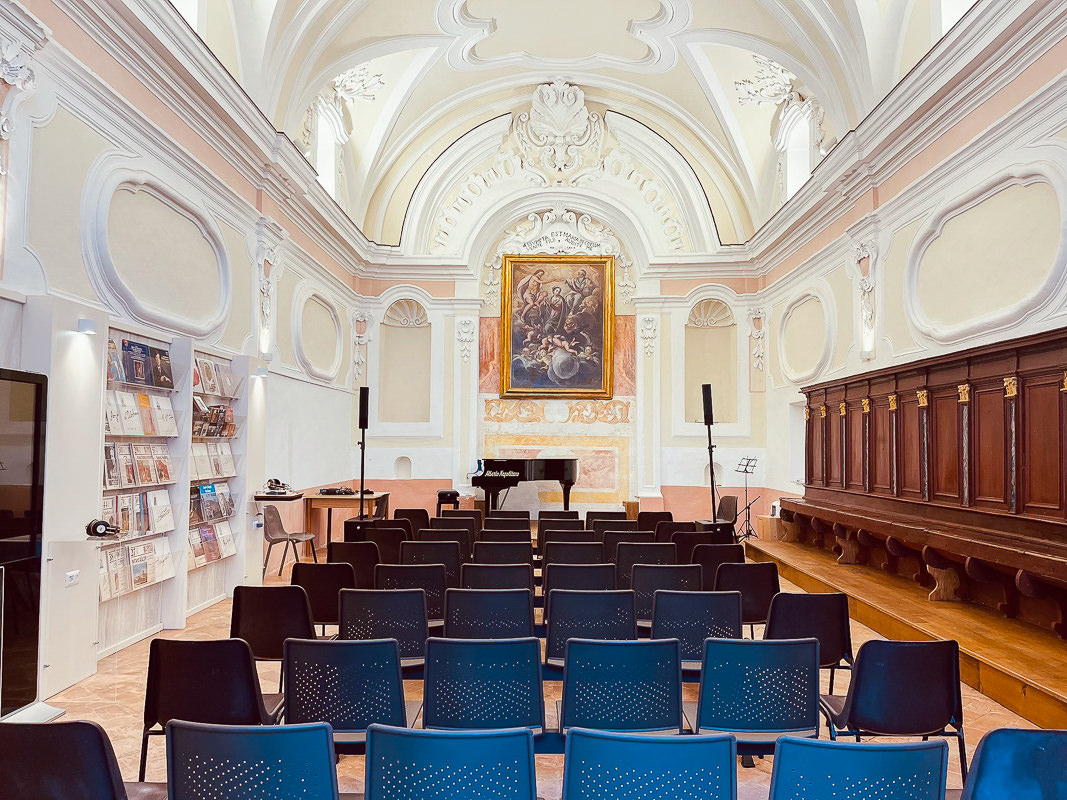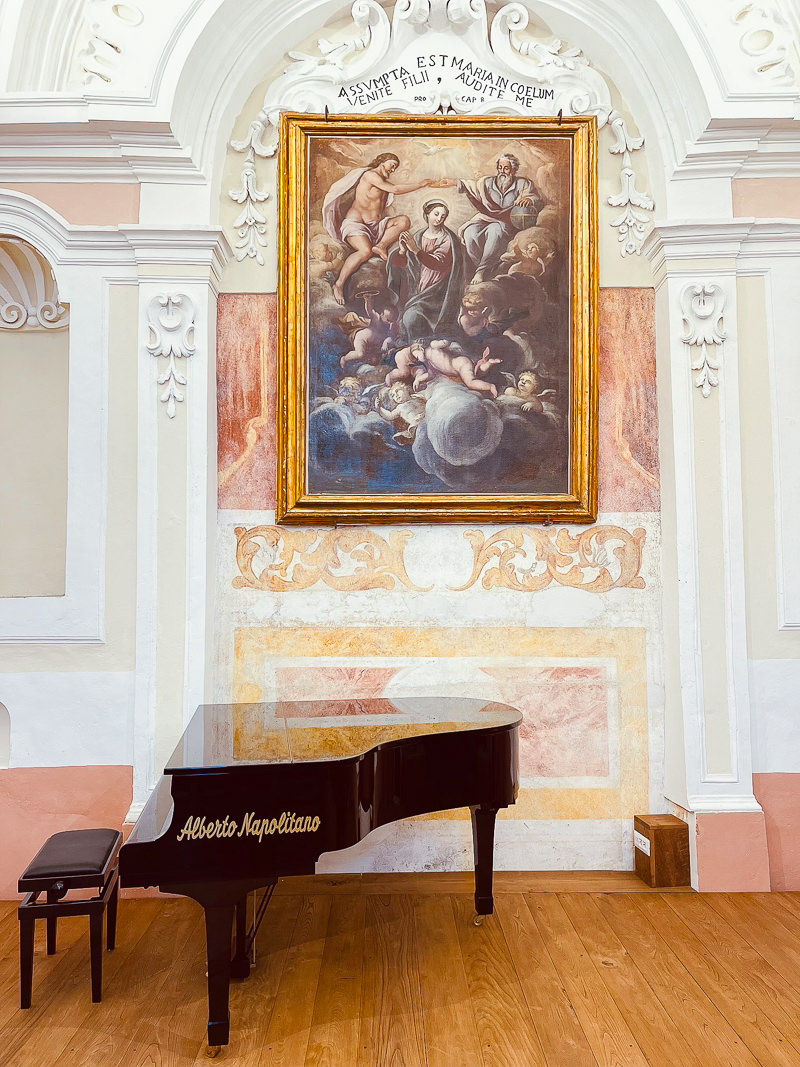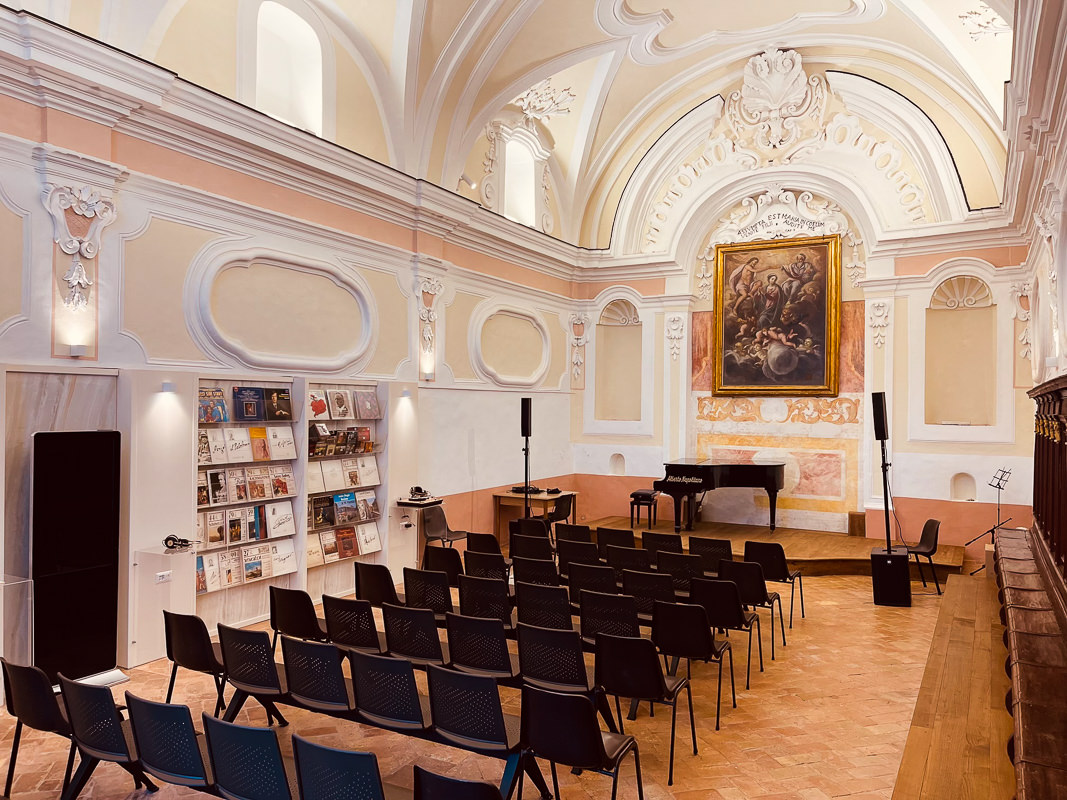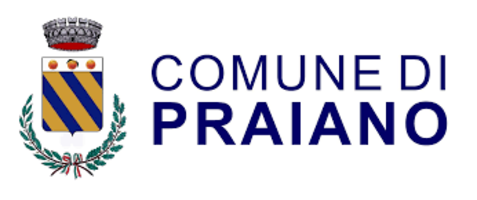Raised to a parish in 1581 and rebuilt ten years later, the Church of San Luca housed the Order of the Fathers, who disseminated the Rosary. Thanks to them, the chapel to the right of the high altar was dedicated to the SS. Rosary and embellished with a painting of the Madonna del Rosario dated 1582. The Order brothers were buried under the floor, just in front of the chapel. Nevertheless, they did not have their own oratory.
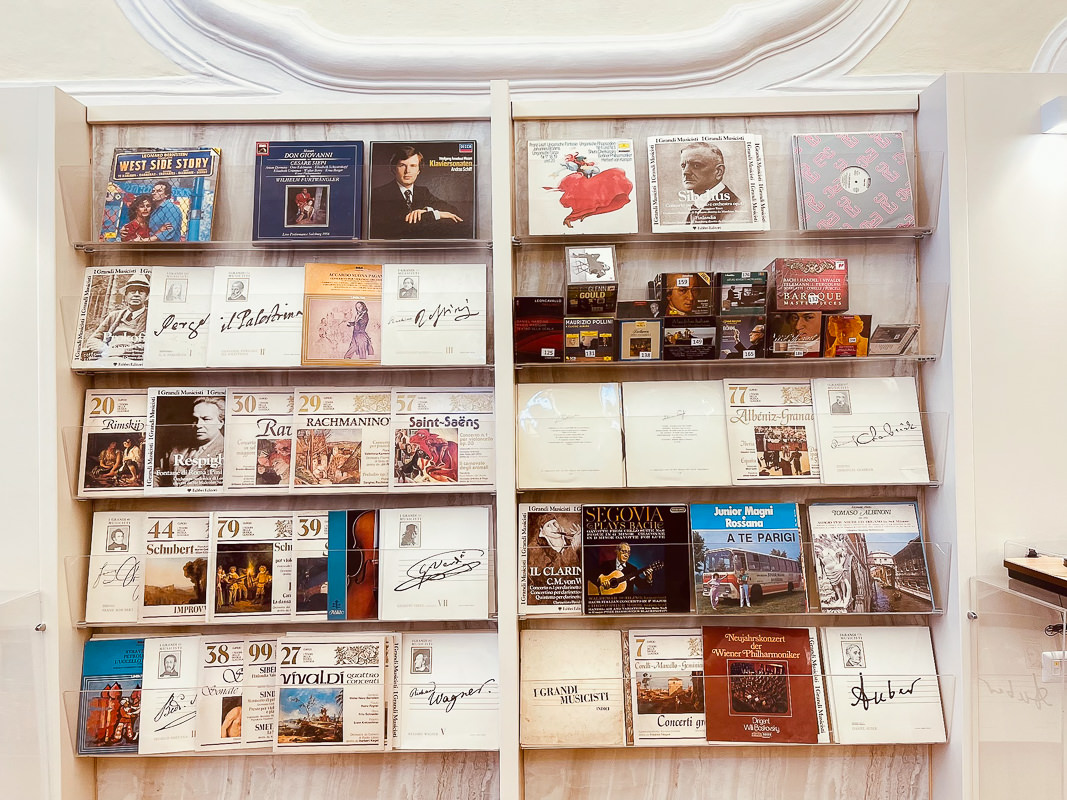
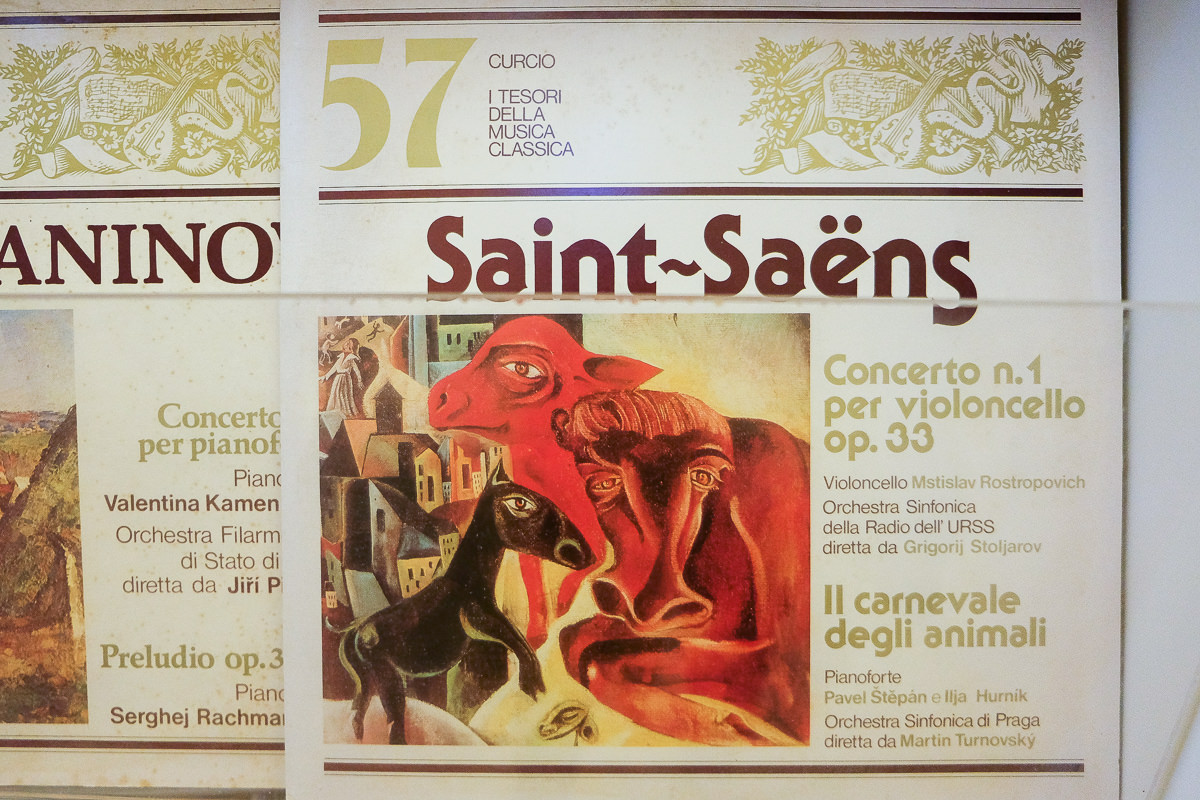
This situation lasted a hundred years until 1685 when the congregation asked the archbishop to build an oratory in the church’s atrium. The idea was accepted but remained on paper due to a lack of money. However, for 30 carlinus a year, the congregations obtained to meet in the sacristy by entering through the back door. A few years later, in 1702, the parish of S. Luca sold to the congregation an accessible terrace located outside, above and parallel to the left aisle of the church of S. Luca, to erect an oratory. This was built for one half on the side of the church, above the roof of the nave, and for the other half on an embankment which later became the cemetery of the Congrega del Rosario. However, another century passed, and only on 22 July 1789 the congregation officially took office.
In the late eighteenth century, a terracotta floor was done at the end of the works by the same hand that laid the enameled one of S. Luca. In the eighteenth century, stuccoes and two choirs were added on the right and left of the Congrega. The piancito made up of squares in Cardamone spatinated terracotta (diagonally) was one of the first works done, as was the frescoed wall at the back, close to the embankment behind it. In the twentieth century, the portion of terrace that remained free along the nave was raised to the level of an overlying sports field.
After many decades of disuse, in the months of 2020, the Congrega has been restored. The floor that had been worn in the meantime was removed. The floor was saved and treated, except for the long internal perimeter of the building where electrical cables were laid. The choir on the right side has been restored. The walls were painted with the pre-existing colors, the windows replaced with others in wood with an electric system.
Today the room hosts musical, artistic, and cultural activities based on the idea of the Municipality of Praiano, in agreement with the Parish of S. Luca.
Source: Riccardo Gallo
Honorary citizen of Praiano
